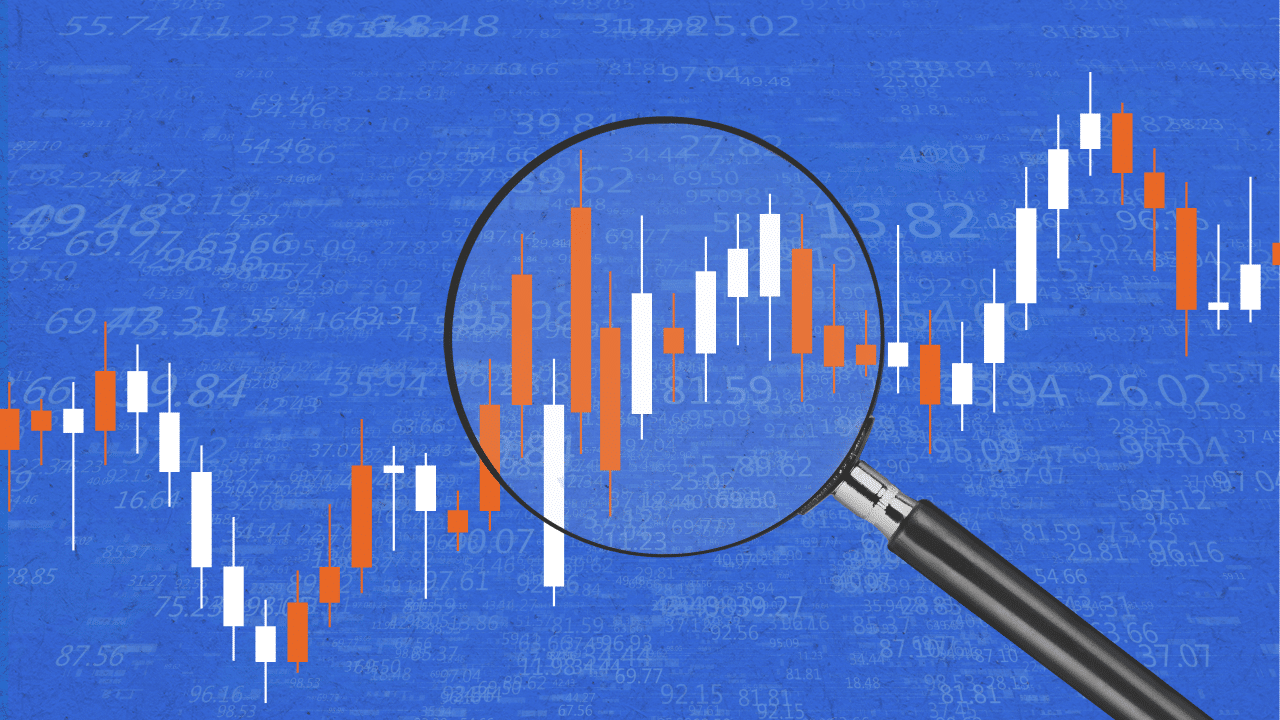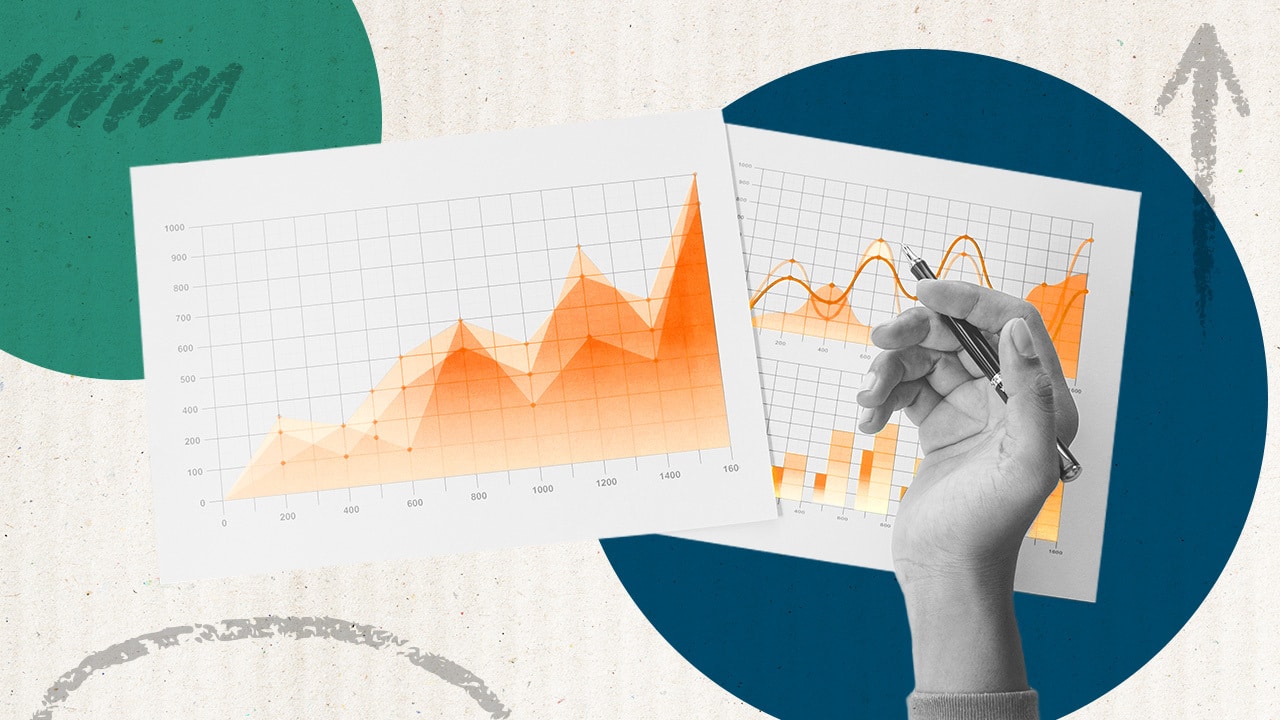Sell side
-

The sell side talks IR – part three: when and how analysts want to be engaged
There is no denying the ways in which Covid-19 and the rapid shift to virtual changed investor relations – most notably engagement. Driving home just how dramatic that change has been, one of our anonymous analyst interviewees – anonymous in order to encourage openness – says this: ‘Before 2020, I think I’d done probably two video calls in 20 years. This call is the third one of the day. So that’s changed dramatically.’ In the third part of our series on the sell-side-IR-relationship, we look at how IR teams interact with their analysts, how often analysts want to hear from…
-

Finding out what the sell side really thinks about IR
Would you like to know exactly what your analysts are thinking? No, I’m not here to tell you about some new sell-side telepathy service – though I’m sure many of our readers would jump at the option and maybe that’s one for Elon Musk’s Neuralink to figure out – but rather some new research that exposes just how analysts think about IR.
-

The sell side talks IR – part two: those crucial coverage numbers
In a series of anonymous conversations – with identifies protected in order to get frank responses – IR Impact talked to sell-side analysts about their relationships with IR professionals. In part one, we looked at the value of research – from both the IR viewpoint and from the sell side, including advice from analysts on how they felt IR could improve data sharing, face time, responsiveness and more – all the elements that go into a good IR-sell-side relationship.
-

The sell side talks IR – part one: the value of research
Sell-side analysts occupy a pivotal position in financial markets. Through their in-depth research and recommendations, they exert influence on stock valuations, market liquidity and overall market dynamics. Their buy, hold or sell ratings can cause stock prices to rise or fall, impacting investor decisions. Upgrades often lead to price surges, while downgrades may result in declines.
-

How IR teams can master analyst consensus
Analyst consensus – the aggregated estimates from analysts on a company’s upcoming results – is a critical part of the financial communication landscape and an essential tool for IR teams. Yet for many investor relations professionals, working with analyst consensus is time-consuming, difficult to analyze and too often based on incomplete data.
-

Navigating market volatility: A data-centric approach
This year, market volatility has surged dramatically, fueled by dynamic US trade policies and ensuing responses from governments around the globe. The market landscape is shifting almost daily, leaving companies scrambling to provide clear forecasts amid a sea of uncertainty. Meanwhile sell-side analysts, traditionally reliant on stable, predictable data, now find themselves venturing into new data sources to recalibrate their projections on the fly.
-

Playbook: How to leverage data to successfully navigate market expectations
A modern IR team needs a solid foundation of real-time analytics to confidently steer their organization through the turbulence of market expectations. High-quality data transforms challenges into opportunities, fostering a culture where every forecast is an informed step toward sustainable growth. This playbook, developed in partnership with Visible Alpha, now a part of S&P Global Market Intelligence, offers a comprehensive guide to mastering this critical aspect of navigating the capital markets.
-

‘I under-appreciated the work that went into IR’: What it’s really like to move from the sell side to investor relations
When asked for an example of a time she really leaned into her skills honed on the sell side, Bonita To, director of investor relations at First Quantum Minerals, points to a unique situation: the shutting down of one of the firm’s mines by the Panamanian government in November 2023. ‘The balance sheet became quite distressed and it was very apparent that we would need to take some action in terms of addressing our liquidity constraints – including going to the capital markets,’ she recalls.
-

Clear Street launches healthcare equity research, to debut at JP Morgan Healthcare conference
Financial technology and capital markets firm launched its healthcare and biotechnology equity research last month
-

Why liquidity deserves a spot on every issuer’s to-do list
When it comes to capital markets, liquidity is the quiet hero everyone needs but rarely talks about
-

Taking the Shein off: Human rights group petitions against London IPO
Analysts say listing unlikely to deliver wider appeal among Chinese companies – even if London can pull it off
-

Crafting clarity in investor relations
Data-centric approach crucial to coherent narrative
-

Best Practice Report: Enhance your sell-side engagement
Practical steps from leading IROs on effectively and efficiently networking with analysts and shareholders
-

Best Practice Report: How to engage with the sell side
Leading IROs on how they work with the sell side to achieve the biggest value for their IR programs
-

Filling the gap: What to know about paying for equity research
At around $45,000 a year, paid research isn’t cheap – but irlabs argues it’s worth the spend for companies lacking coverage

